How Cable TV Has Shaped Belizean Culture
Cable TV has had a huge impact on Belizean culture. From the early days of North American shows and ads shaping our choices, to today’s diverse programming, thanks to tech advancements. But it wasn’t always this way. In tonight’s episode of Kolcha Tuesday, News Five’s Paul Lopez explores how TV has influenced Belizean culture and the growing demand for more local content. Here’s the report.
Paul Lopez, Reporting
Have you ever thought about how much cable TV, and before that, on-air TV, have shaped Belizean culture? Just four decades ago, TV was a brand-new phenomenon in Belize.
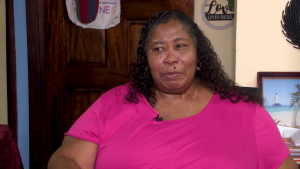
Kathleen Flowers
Kathleen Flowers, Belize City Resident
“That would be in the big back version, around 1981to the later part of 1981. Because I remember going to high school and we already had black and white TV. But we never had cable as such. We had to stick up the antenna of the TV and put foil paper round it.”
Kathleen Flowers shared her memories of the early days of cable TV in Belize. Before cable, there were just two channels: Channel 9 and Tropical Vision. Channel 9 brought WGNTV, a Chicago station, right into Belizean homes.
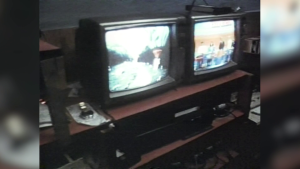 Kathleen Flowers
Kathleen Flowers
“For us it was Channel 9. Everybody only spoke Channel 9 in the city, because there was not many options and Channel 9 was straight out of Chicago, Illinois, straight die-hard Cubs, anything Chicago, Wrigley Field, the little Bozo show was what children grew up in the 1980 and early nineties. I could remember one Andy Griffith, and another comedy one was the old man, what is his name? The one my father use to enjoy watching. He use to have a little toe dance and would always have heart attacks. Sanford and Sons.”
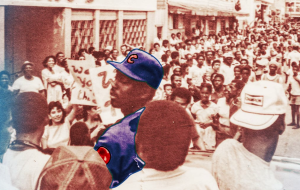 Chicago-based entertainment, especially sports, became so popular in Belize through WGN that Cubs star Gary Mathews visited in 1985. He was greeted with a parade and celebrations fitting for a king. Evan Tench, President of the Belize Cable Television Operators Association, fondly remembers those days and reflects on how the industry has evolved.
Chicago-based entertainment, especially sports, became so popular in Belize through WGN that Cubs star Gary Mathews visited in 1985. He was greeted with a parade and celebrations fitting for a king. Evan Tench, President of the Belize Cable Television Operators Association, fondly remembers those days and reflects on how the industry has evolved.
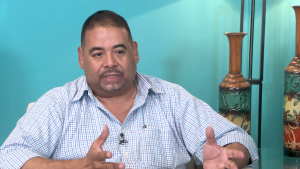
Evan Tench
Evan Tench, President, BCTVOA
“So you had individuals, entrepreneurs started to run cables over the telephone lines, electric lines to people homes. So, you have the signals picked up by satellite and then you would create a multi-head channel and push that to your home through your cable.”
Paul Lopez
How was this a game changer?
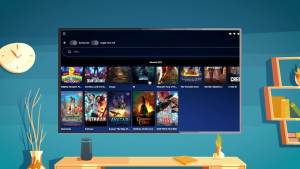 Evan Tench
Evan Tench
“Well, it was a game changer, because more channels came into play. You were getting first a few dozen and then it increased to where we are now with a couple hundred channels.”
Belize City led the way in this TV evolution. As the country’s population hub, the demand for more channels was high, sparking competition among providers. More cable connections meant TV’s influence in Belize expanded beyond just WGN.
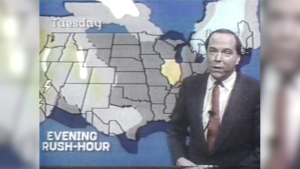 Evan Tench
Evan Tench
“The thing is it was easier for us to pick up, because the Americans were launching hundreds of satellites for their customer base, but these signals were reaching us. It was easier for us to put up these big mesh dishes, ten feet, twelve, feet, twenty feet, and we could pick up the signal here to send to the customers.”
 Kathleen Flowers
Kathleen Flowers
“Back then it was, you can’t get home fast enough to watch the soap operas. Those were the things we use to watch and they affected our homes and many of pots didn’t cook early enough because of soap operas. The mothers were home watching those and they either cook early or hurry finish up before the childe come home. I would watch days of our lives and I know my mother had about four or five of them and the thing is when they done watch she would get on the verandah and she and the neighbor would discuss and anticipate what the next episode will be like.”
In just four decades, technology has leaped forward. Industry leaders have shifted from cable to fiber-to-home transmission. As costs have risen, tech advancements have driven companies to create mobile apps and streaming platforms. While there’s still a craving for North American content, there’s a growing demand for programming that reflects Belizean identity, from sports broadcasts to local shows.
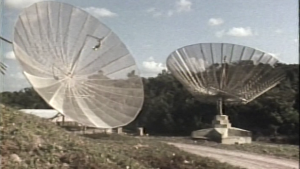 Evan Tench
Evan Tench
“Because of the advent of technology there is fast internet and better satellite technology we can get more content from the Caribbean. This has made the product that we are offering much more diverse, cultural, local, regional, that we can offer to the consumer that when the satellite was only picking up spill over content from the U.S.”
Reporting for News Five, I am Paul Lopez.







Facebook Comments